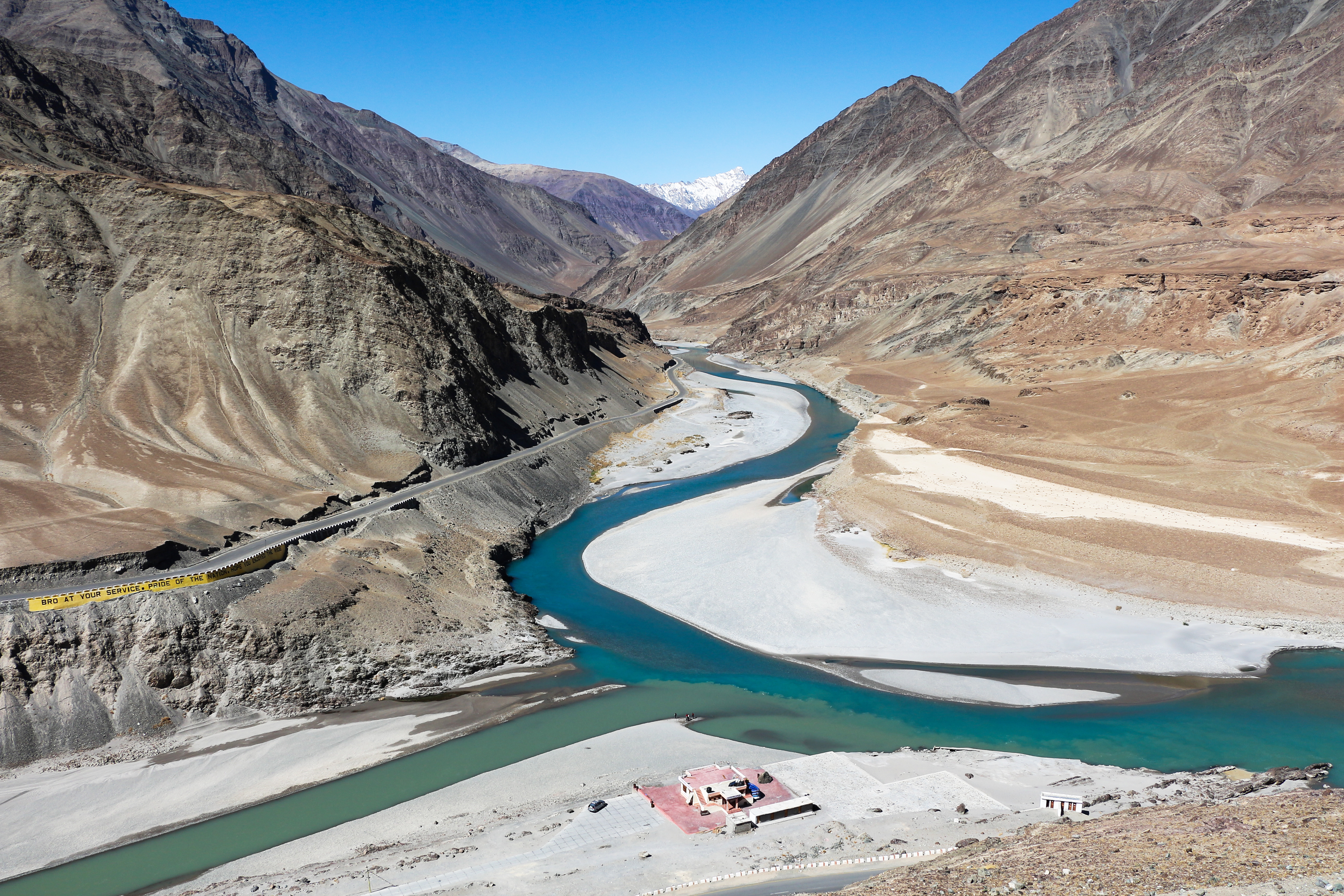
Sharing water is one of the oldest bonds of community. Ancient villages centered around the well; urban settlements like Rome were built near rivers; great cities and civilizations began as ports.

But when neighboring communities are seven large states, the water is the Colorado River, and drought conditions are straining resources: sharing is proving difficult. Camille Touton, Commissioner of the US Bureau of Reclamation, official manager of the river, recently ordered Arizona, California, Colorado, Nevada, New Mexico, Utah, and Wyoming to cut 1/3rd of their water usage. Encouraging states to figure it out amicably, Touton warned that if no solution were soon agreed, the federal government would settle the score. The matter is urgent: the Colorado River provides water for drinking and irrigation for 40 million people. Moreover, if Colorado River reservoirs Lake Mead and Lake Powell reach ‘dead pool’ the Hoover Dam will not supply electricity.

The Law of the River, a 100-year compendium of laws regulating the Colorado River from inception of the Compact in 1922 to 2022 (and now continuing), is both history and future. As farmers claimed more water to grow food to feed a nation, and as cities like Los Angeles and Las Vegas burgeoned in population, dueling needs competed for resources. Add drought and the arguments became more heated.

The Colorado River will affect water policy in the United States, Compact partners of Mexico and the original American Sovereign Nations, but around the world. One third of all the rivers and lakes globally are facing drought. Rivers like the Amazon, Indus, Nile, Po, Rhine, and Yangtze, among others, will debate similar decisions.

Rivers support agriculture, drinking water, fish and marine life, barge traffic, and hydroelectricity. How should stakeholders work together to decide who gets water and why?
Interested in how Colorado River decisions will affect other rivers worldwide? Click here.
Henley, Jon. “Europe’s rivers run dry as scientists warn drought could be worst in 500 years.” 13 August 2022. The Guardian. https://www.theguardian.com/environment/2022/aug/13/europes-rivers-run-dry-as-scientists-warn-drought-could-be-worst-in-500-years
Nilsen, Ella. “California floating cutting major Southwest cities off Colorado River water before touching its agriculture supply, sources say.” 1 February 2023, CNN. https://www.cnn.com/2023/01/31/us/california-water-proposal-colorado-river-climate
United States Bureau of Reclamation. “Colorado River Basin.” https://www.usbr.gov/ColoradoRiverBasin
United States Bureau of Reclamation. “The Law of the River.” https://www.usbr.gov/lc/regiona/g1000/lawofrvr.html
Building the World Blog by Kathleen Lusk Brooke and Zoe G. Quinn is licensed under a Creative Commons Attribution-NonCommercial-NoDerivs 3.0 Un
